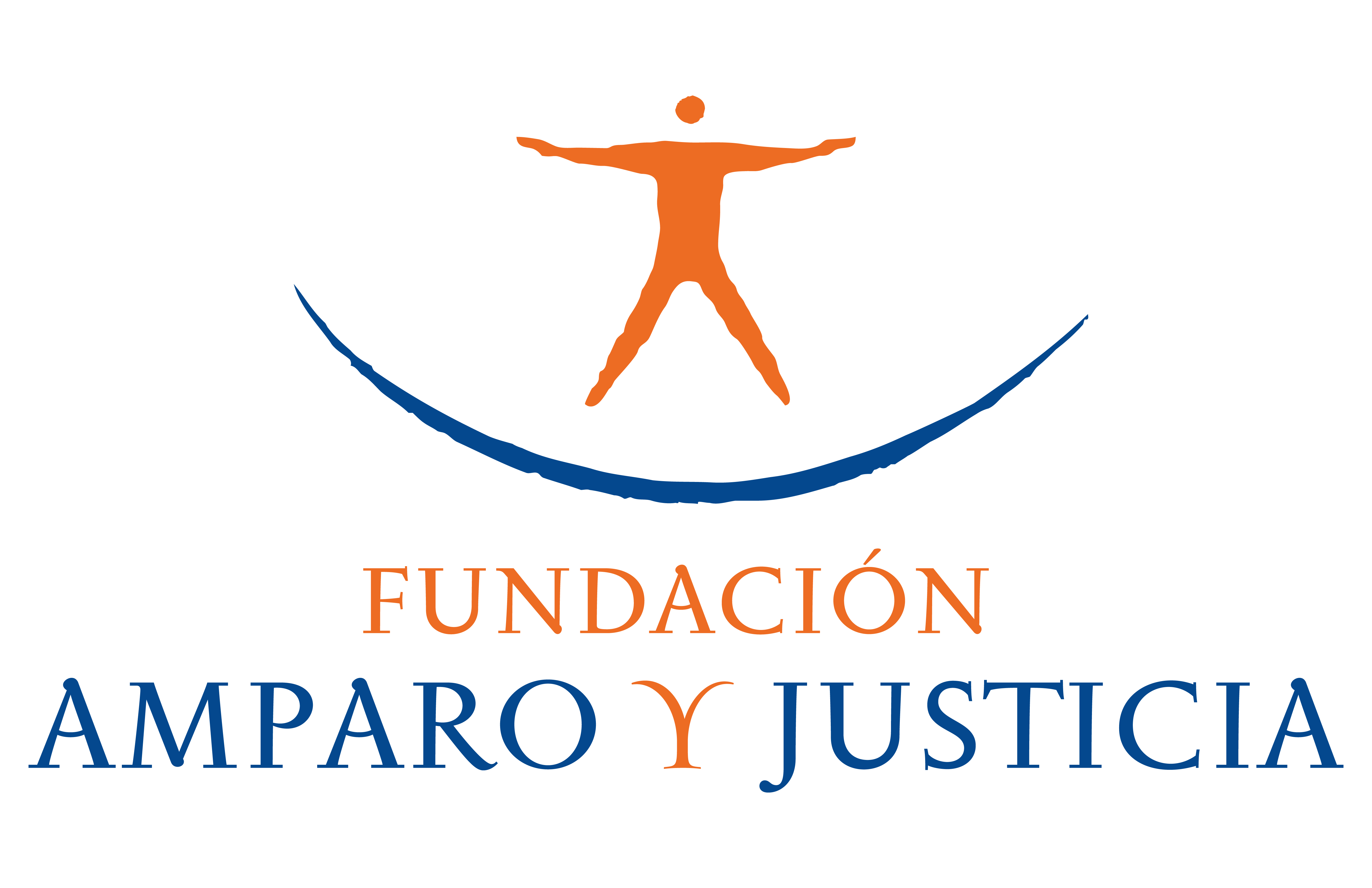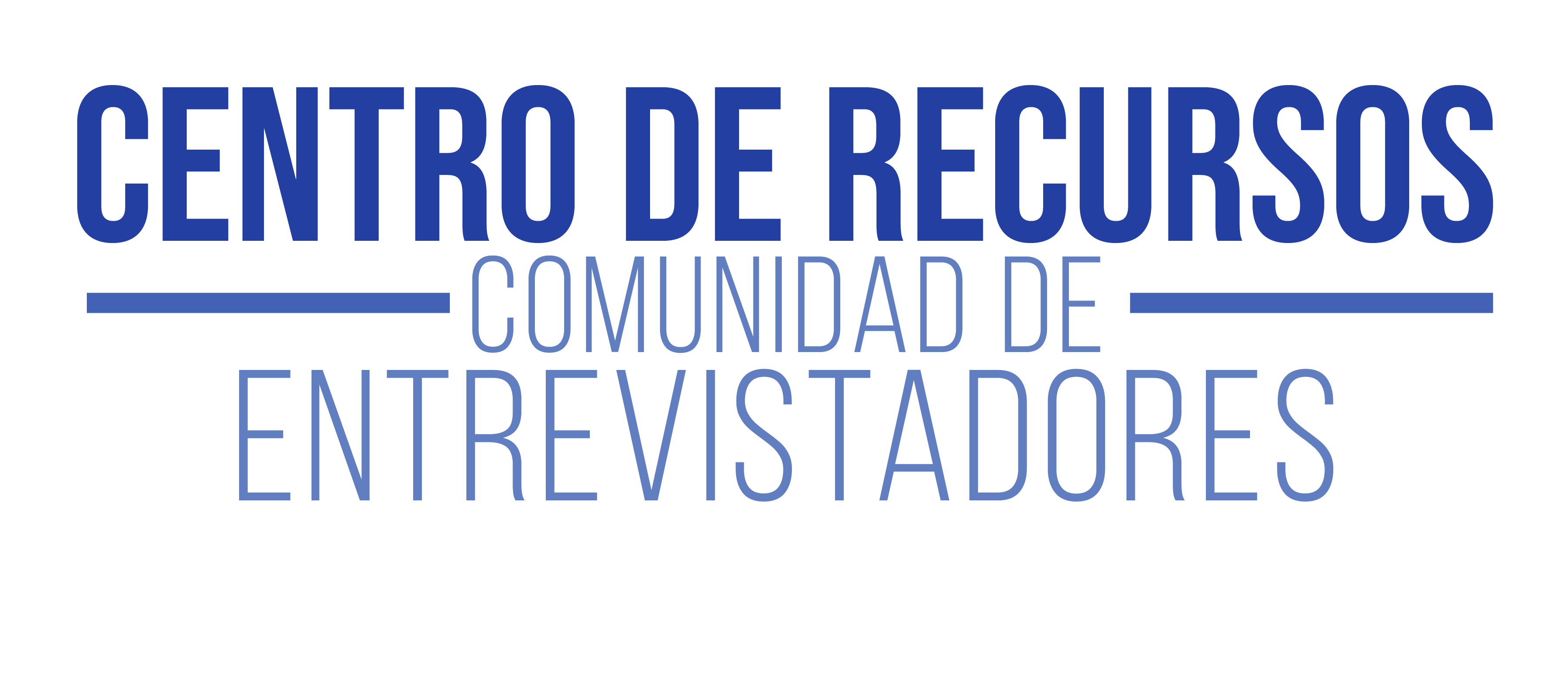#NoMePreguntenMás
How should I act if I find out about a sexual crime against children or adolescents?

(National Police)

(Investigations Police)
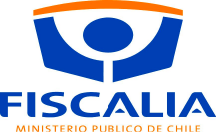
Public Prosecutor's Office
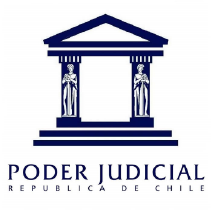

- Carabineros de Chile
(National Police)- You can call FONO NIÑOS 147, this is a free telephone service where children and adolescents can report when they feel their rights have been infringed.
- You can also go in person to the nearest police station.
Find it here - Or call 133 for guidance.
- Investigations Police (PDI)
- You can go to the nearest PDI station.
Find it here
- You can go to the nearest PDI station.
- Public Prosecutor’s Office (Ministerio Público)
- You can go to the local prosecutor’s office where the incident occurred or to the one you find most convenient based on your location.
Find it here
- You can go to the local prosecutor’s office where the incident occurred or to the one you find most convenient based on your location.
- Criminal Courts
- You can go to a court with criminal jurisdiction.
Find it here
- You can go to a court with criminal jurisdiction.
What is a sexual crime?
Sexual crimes are any actions that infringe upon the sexual freedom, rights, and well-being of individuals. In this context, the consent of the victim does not exist, especially in the case of children and adolescents, as their experiences, biological maturity, and expectations are very different from those of adults.
They can cause long-lasting physical and emotional consequences for the victims, such as psychological disorders, mental health issues, difficulties forming relationships, and distrust of others.
Sexual crimes can be committed by anyone, regardless of gender, economic status, sexual orientation, or age. They can occur in various settings such as home, work, school, public transportation, and social media, among others.

These acts can involve different forms of victimization through coercion, which is a deliberate manipulation by the perpetrator to keep the victim in a defenseless state, unable to seek help. These forms of coercion can be explicit, such as using physical force, intimidation, or threats, or implicit, taking advantage of the victim’s trust or dependence, using strategies such as manipulation, seduction, and deception.
What is secondary victimization?
Secondary victimization refers to the negative consequences faced by victims of a crime due to inadequate or insufficient responses from the institutions and individuals involved in the judicial process. While this is mainly associated with interactions with criminal justice institutions like the police, prosecution, and courts, it can also manifest in educational institutions, healthcare services, and media. Even close environments such as family, friends, or colleagues may blame the victim or minimize the impact of the crime.

Why is it important to know how to act when you learn about a crime?
It ensures the protection of victims, guarantees their access to justice, and facilitates their connection to support networks.
Additionally, it is essential to promote the exercise of their rights, favor access to reparation for the harm caused, and prevent secondary victimization.
Always remember that if a child or adolescent comes to you to tell you they have been the victim of a crime, it is because they trust you.
How to treat/respond to the child or adolescent
Welcome them with phrases like: “What do you need? How can I help?”
Stay calm and avoid being startled.
Ensure their privacy in a protected space, free from third-party presence.
Adjust your body posture to match the child’s height, adopting an attentive and listening attitude.
Provide a climate of trust and treat them with dignity and respect, letting them know they are not alone.
Listen carefully, allowing the child or adolescent to tell the story at their own pace,
respecting their pauses and silences.
Do not question their testimony or make judgments.
Avoid asking for additional details that may retraumatize them.
Do not ask them to tell the story again to someone else.
Ensure their account is not shared with others.
Maintain the confidentiality of the conversation.
Reassure them that you will find a way to help.
What measures should I take?
File a report with the relevant institutions, without bringing the child or adolescent with you.
Remember that specialized experts will conduct interviews during the criminal investigation to gather detailed information about the situation.
Identify and inform the responsible adult and rights guarantor of the child or adolescent about the identified facts and actions that will be taken.
If you’re unsure whether the child’s story is a crime, you should still report it. The competent institutions will investigate the matter.
Should I investigate?
It is not your responsibility to investigate. That task belongs to other institutions, such as the Public Prosecutor’s Office in collaboration with the police. It is important to only listen to the child’s free and spontaneous account without conducting any investigation or inquiry into the facts.
If questions are asked, there is a risk of contaminating their testimony by accidentally adding information they have not mentioned, altering the content, or distorting the meaning of their account. It is also important to avoid asking questions that could suggest answers or prompt the child to say what you think may have happened.
A good practice is to make an accurate record of the words of the person reporting the crime, without changing the meaning. For example, write down what was discussed as soon as possible. If the account is not properly recorded, important details may be altered or forgotten.
Should I inform the family?
The responsible adult must be informed. They have the right to be heard and to participate in the appropriate areas. However, the responsibility of filing the report should not be delegated to this person.
If the responsible adult is identified as the alleged perpetrator, another adult should be informed of the facts. This should also be reported to the relevant institutions to enact protective measures.
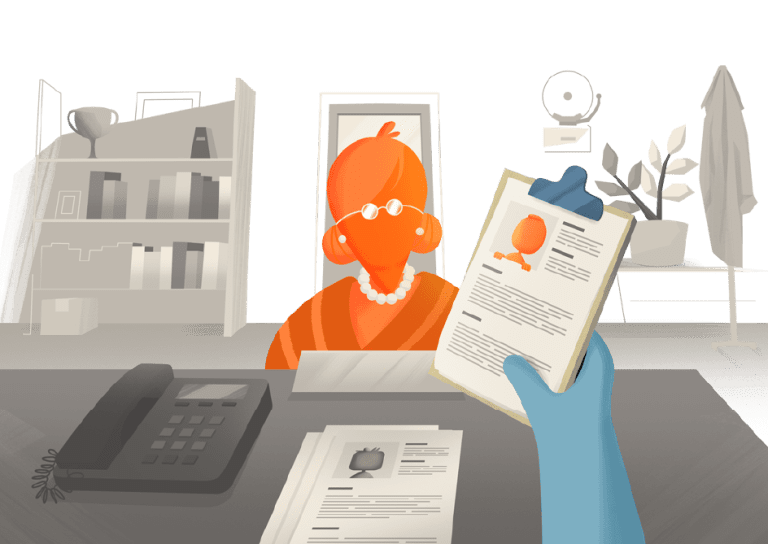
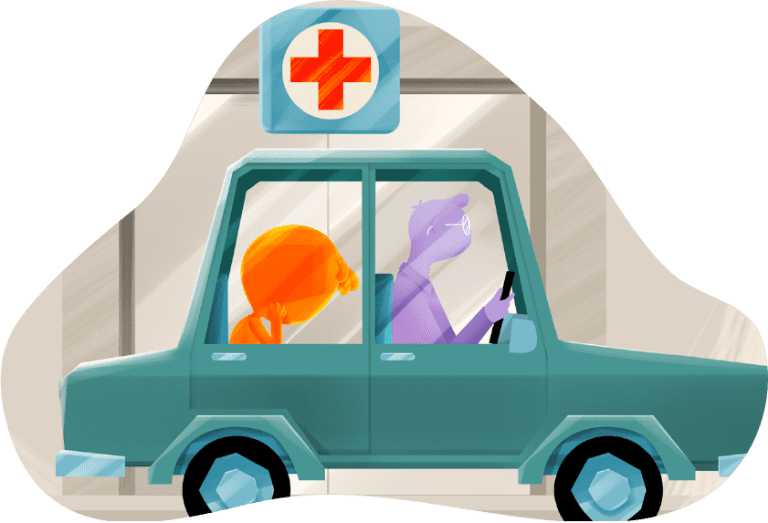
What to do if the child or adolescent needs urgent health care?
If urgent medical care is required, the child, minor, or adolescent should be promptly taken to a healthcare facility.
The report can be made at the same healthcare center by directly contacting the on-duty supervisor, ensuring all protective and confidentiality measures, so that no further inquiries are made beyond the protocols for care. Ideally, the person who received the account should continue accompanying the child, minor, or adolescent.
Is it necessary for the child or adolescent to file the report?
THE PARTICIPATION OF CHILDREN AND ADOLESCENTS IS VOLUNTARY, and they cannot be forced to file the report.
The adult filing the report can do so without the victim present.
If the child or adolescent wishes to file the report, their voluntary participation, privacy, and safety must be guaranteed.
Parental authorization is not required to file the report.

Carabineros de Chile (National Police), Policía de Investigaciones (Investigations Police), Fiscalía or Ministerio Público (Public Prosecutor’s Office) and Poder judicial (The Judiciary) are legally required to accept the report.
If any of these institutions refuse to accept the report or refer you to another institution, a complaint should be filed with their Information, Complaints, and Suggestions Office (OIRS) or a similar entity.
What to do if the perpetrator is also a child or adolescent?
First, protective measures for the identified victim should be prioritized, and both parties involved should be ensured safety. Next, a confidential and safe space should be created where both the child or adolescent identified as the perpetrator and the victim can report the incident separately.
If necessary, support and containment should be provided without delving into further details, potential causes, or other acts of victimization they may have experienced. It is important to remember that these inquiries fall under the responsibility of the Public Prosecutor’s Office and/or the Family Courts. Afterward, the responsible adults must be informed about what happened.
A report should be made to Carabineros de Chile (National Police), Policía de Investigaciones (Investigations Police), Fiscalía or Ministerio Público (Public Prosecutor’s Office) or competent court. This ensures access to justice for those affected and ensures both children and/or adolescents receive professional support and are integrated into the child protection network. Don’t forget that both are subjects of rights and may need assistance.
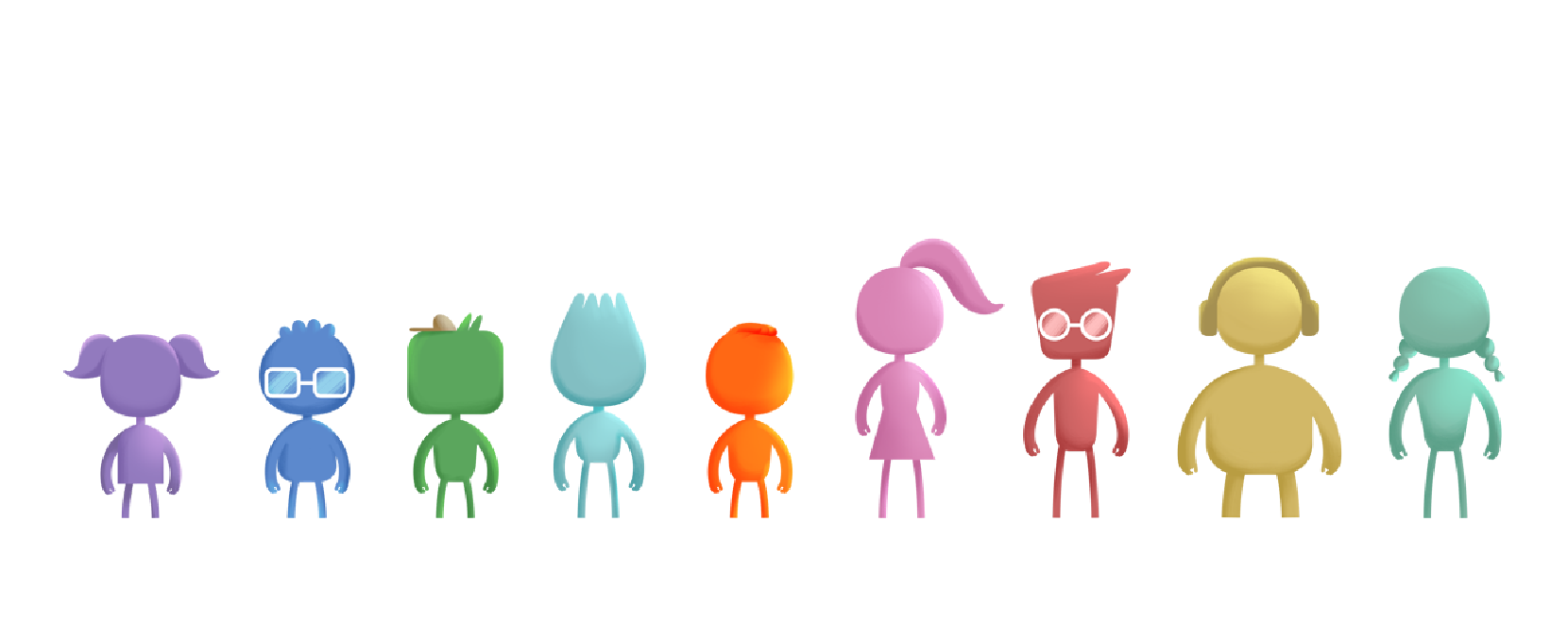
How should I relate to the child or adolescent after the report?
It is essential to maintain a calm attitude based on unconditional respect and credibility of their experience. This is a significant element for the psychological recovery of the victim and preventing secondary victimization. The confidentiality of the facts disclosed must be guaranteed, networks of support should be articulated to promote protection, and a report should be filed to ensure access to justice for the victim and investigate the criminal facts.
Additionally, the various physical and emotional reactions of the victim should be validated, and they should be treated normally, avoiding overexposing their experience in social spaces not strictly determined by the justice system.
If I find out about more incidents, should I report them?
Yes, it is mandatory. You must report directly to any of the justice administration bodies
:

(National Police)

(Investigations Police)

Public Prosecutor's Office

During the investigation,
will I have to testify?¿tendré que ir a declarar?
It is possible. This will be determined by the prosecutor in charge of the criminal investigation. If your participation is required, you will be informed beforehand about the details of the process.
There are two instances where your participation might be needed: during the investigation or in oral trial proceedings. In both cases, you can request protection and confidentiality as a witness or reporter from the Public Prosecutor’s Office.
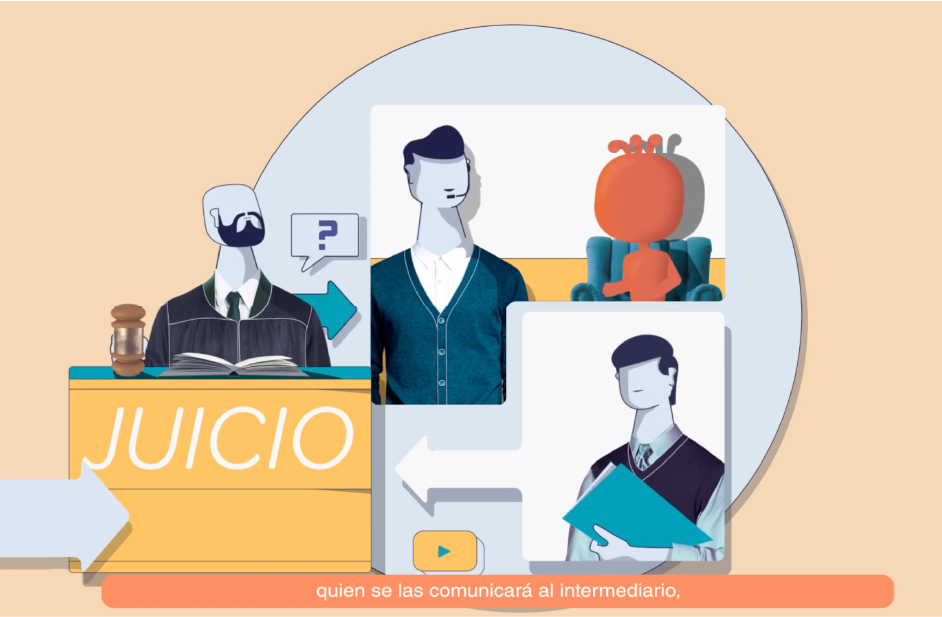
What is an investigative video-recorded interview?
This is part of the investigation process that takes place after a crime is reported, when determined by the prosecutor. The interview is voluntary for the child or adolescent and is conducted by a trained professional who asks questions to gather accurate information. Since this conversation is recorded with a camera and microphone, it minimizes the number of times the victim has to talk about the crime. All materials are carefully safeguarded to protect the rights of children and adolescents.
This process is regulated by Law 21.057, which “regulates video-recorded interviews and other protective measures for minors who are victims of sexual crimes.”
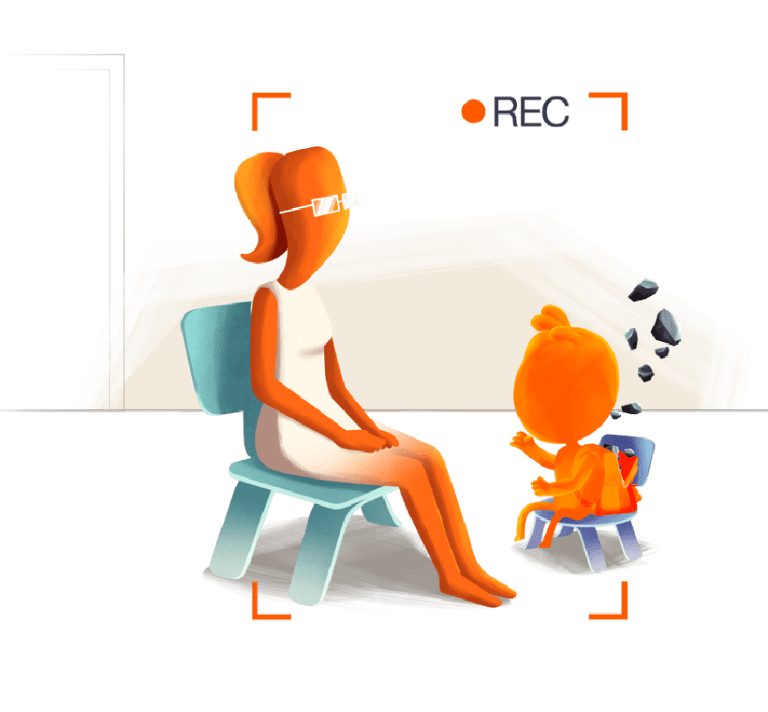

Thanks to this law, the State ensures that children and adolescents participating in the Criminal Justice System receive proper protection and care from specially trained officials.
What are the objectives of Law 21.057 on Recorded Interviews?
Obtener información precisa y detallada sobre un presunto delito a través del relato del niño, niña o adolescente, buscando afectar lo menos posible a quien entrega la declaración.
Reducir la cantidad de interacciones que los niños, niñas y adolescentes tienen con personas e instituciones del sistema judicial, buscando prevenir la victimización secundaria de niños, niñas y adolescentes que hayan sido víctimas de delitos sexuales y otros graves.
Evitar toda consecuencia negativa que puedan sufrir con ocasión de su interacción, en calidad de víctimas, con las personas o instituciones que intervienen en las etapas de denuncia, investigación y juzgamiento de los delitos.
Resguardar los derechos de la infancia y adolescencia asegurados en la Constitución Política de la República, en la Convención sobre los Derechos del Niño y en los diversos estándares internacionales para la protección de niños, niñas, y adolescentes víctimas y testigos de delitos de carácter sexual.
Delitos sexuales.
Trata y tráfico de personas.
Secuestro y sustracción de menores.
Delitos violentos.
Interés superior del niño, niña y adolescente.
Derecho a ser oídos y a la información.
Participación voluntaria y autonomía progresiva.
Prevención de la victimización secundaria.
Asistencia oportuna y tramitación preferente.
Resguardo de la dignidad del niño, niña y adolescente.
Useful Links
Sources
• Ministerio de Educación (Ministry of Education).
• Superintendencia de Educación (Superintendence of Education).
• Ministerio de Justicia y Derechos Humanos (Ministry of Justice and Human Rights).
• Defensoría de la Niñez (Child Protection Agency).
• Ministerio Público (Prosecutor’s Office).
